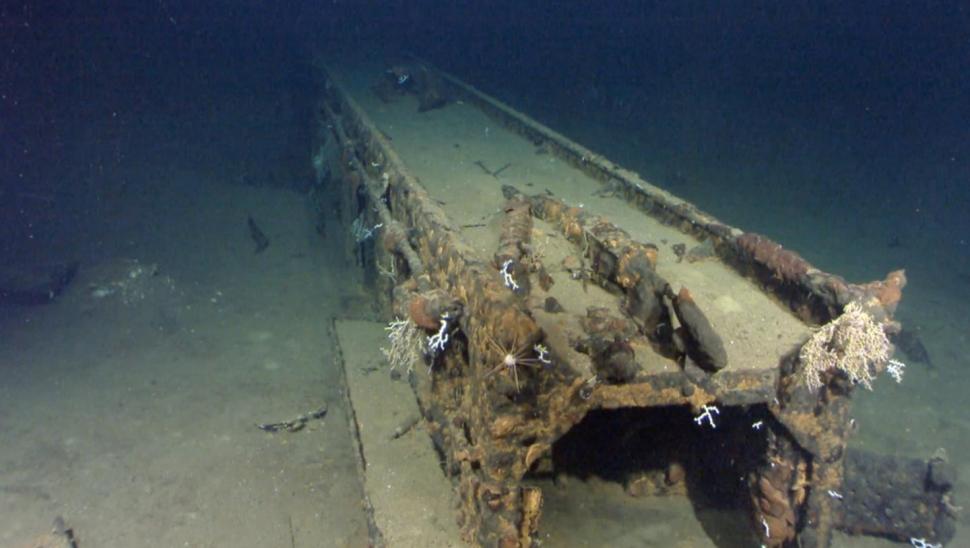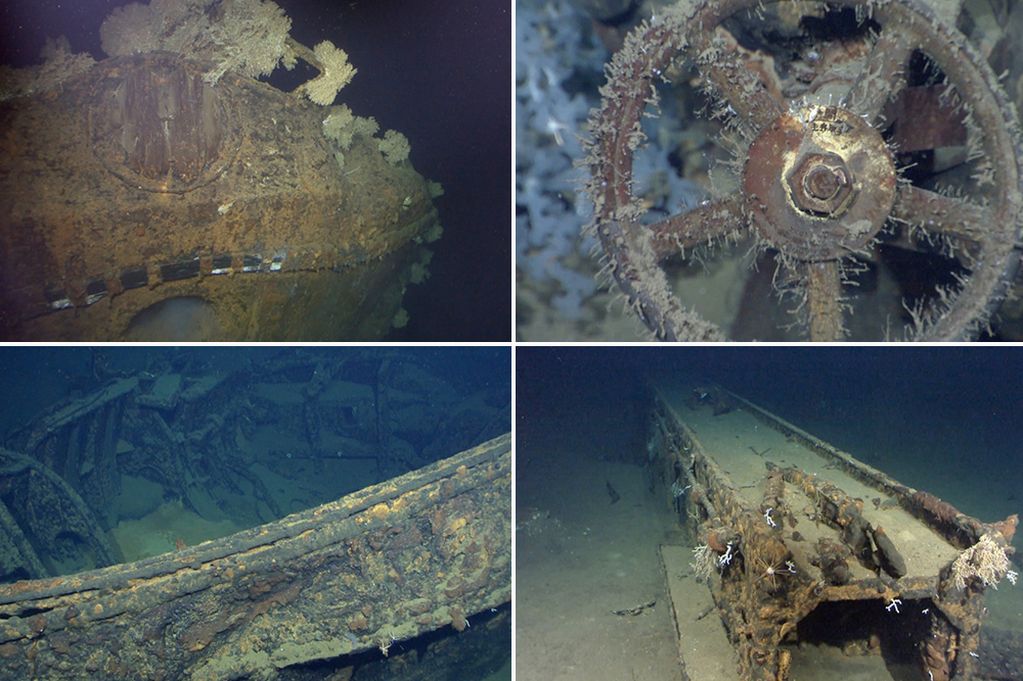Paul Allen, Microsoft co-founder discovers Japanese warship 70 years after WWII
Nearly 70 years after the end of the World War II, Microsoft’s co-founder Paul Allen claims to have found the wreck of the Japanese warship – the Musashi, from aboard his luxurious super-yacht the MY Octopus, off the coast of the Philippines – and he posted Twitter images and videos of the find to convince the public he is indeed for real.
Allen and his commissioned team have been on the heel of the ship for over eight years.
“Since my youth, I have been fascinated with World War II history, inspired by my father’s service in the U.S. Army,” Allen said in a statement.
“The Musashi is truly an engineering marvel and, as an engineer at heart, I have a deep appreciation for the technology and effort that went into its construction. I am honored to play a part in finding this key vessel in naval history and honoring the memory of the incredible bravery of the men who served aboard her.”
Allen deployed an unmanned submersible from aboard his vessel to take the images and videos at a depth of over 1 kilometers in the deep seas. The photos he shared via his Twitter account showed the bow of the ship as well as the chrysanthemum which served as the flower emblem of the Japanese royal family at the time. Furthermore, the images show the valves of the Musashi as well as the Japanese characters for “main valve handle” and “open” still legible on it – giving proof that the ship was indeed of Japanese origin.
Launched in 1940, the Musashi was one of two Yamato-class battleships that were constructed by the Imperial Japanese Navy, and the largest warship ever built at that time and weighing over 69,000 tons.
It sank on October 24, 1944 during the Battle of the Sibuyan Sea, which was part of the Battle of Leyte Gulf in central Philippines. US Navy documents reveal that torpedo planes from US aircraft carriers sank the Musashi after hitting it with 10 torpedoes within four hours, and its destruction was made complete when Navy dive bombers sank 16 bombs into it, sinking it almost immediately.
“She went down by the bow, capsizing when the forward flying (U.S. forecastle) deck was submerged,” said the Navy report, based on survivor accounts.
Although over 1,000 crew members aboard the Musashi died in the battle and when the ship was sunk, over 1,300 other survivors were rescued by other Japanese warships. However, Navy report detailed the escape of the executive officer and the chief engineer who both escaped from the sinking ship.
“The executive officer swam off from one of the upper levels in the tower. He saw the propellers as Musashi disappeared,” the Navy report said. “The chief engineer climbed over the side amidships as Musashi lurched to port. He walked and scrambled around the girth against the roll, climbing over the bilge keel. Finally, he was thrown off into the water and swam away to port. There were no explosions.”
Locating the sunken ship at a depth of 1 kilometer or 3,281 feet, Allen’s company, Vulcan, said Allen “commissioned a hypsometric bathymetric survey of the ocean floor to determine the terrain” before a Bluefin autonomous underwater vehicle was deployed for the search.
Kazushige Todaka, the director of Japan’s Kure Maritime Museum said “I was really surprised because the location of the sunken ship has never been identified since it went down. I have heard countless stories in the past that the ship was discovered, but they all turned out not to be true.” He however called for more photos and videos to help him confirm it was indeed the Musashi, even though he was “90% sure” already.
“It’s a wonderful discovery, if it’s true, as we have long been looking for the battleship,” Todaka said. “It’s fateful that the discovery was made on the 70th anniversary of (the end of) World War II. The memory of the war has been fading away after 70 years, and the survivors of the war are disappearing. It is very meaningful discovery and a good chance for us to remind ourselves about the war and its tragedy.”
The Vulcan observed that the team is “mindful of the responsibility related to the wreckage of the Musashi as a war grave and intend to work with the Japanese government to ensure the site is treated respectfully and in accordance with Japanese traditions.”

